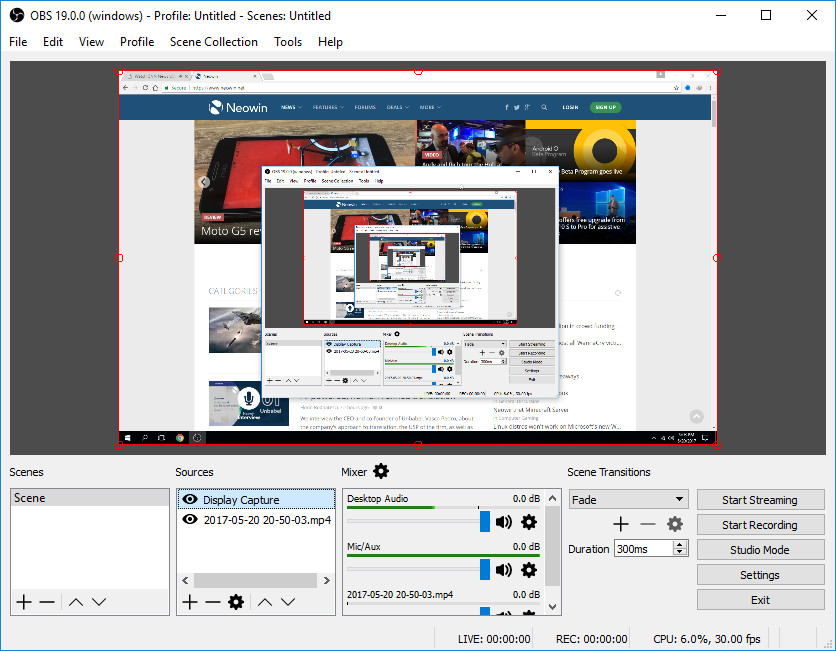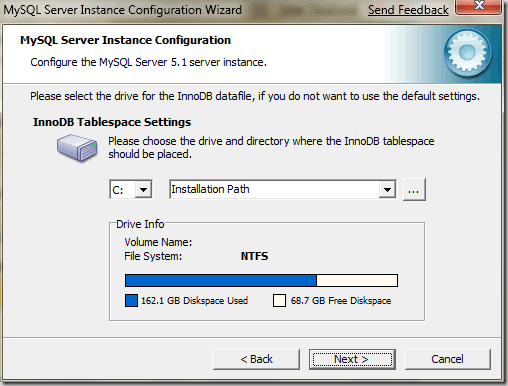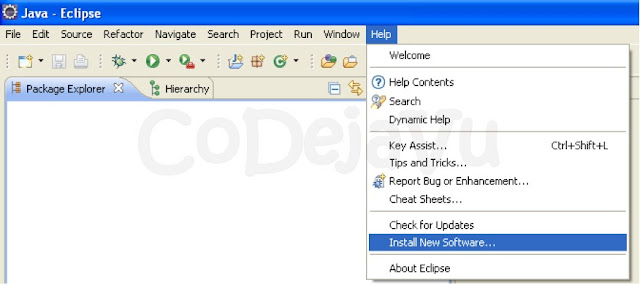
There are two “universal” effect parameters that may be expected ofĮffects: ViewProj, and image.

Then the uniforms are set through the following functions: To get the effect uniform parameters, you use There are a number of different types of uniforms: To create an effect, it’s recommended to start with the uniforms Parameter of obs_display_add_draw_callback(), and Obs_source_render, and the draw callback Obs_enter_graphics(), and to leave the graphics context, useĬertain callback will automatically be within the graphics context: Using graphics functions isn’t possible unless the current thread hasĮntered a graphics context, and the graphics context can only be used by Please let me know) The Graphics Context (Author’s note: I’m probably missing a few exceptions here, if I am Target semantic is called “TARGET” rather than “SV_Target” Position semantic is called “POSITION” rather than “SV_Position” Objects in libobs they’re used to easily bundle related vertex/pixelĪn effect file has a nearly identical syntax to Direct3D 11 HLSL effectįiles. Most rendering is dependent upon effects. Like ANGLE, but I would have to modify it to accommodate my specific (Author’s note: In retrospect, I probably should have used something Graphics subsystem was to accommodate custom capture features only The reason why it was designed with a custom Libobs has a custom-made programmable graphics subsystem that wraps bothĭirect3D 11 and OpenGL.

Raw Frame Data Structure (encoder_frame).Encoder Packet Structure (encoder_packet).

Encoder Definition Structure (obs_encoder_info).Output Definition Structure (obs_output_info).Scene Item Order Info Structure (*obs_sceneitem_order_info).Scene Item Crop Structure (obs_sceneitem_crop).Scene Item Transform Structure (obs_transform_info).Source Definition Structure (obs_source_info).Initialization, Shutdown, and Information.Saving/Loading Objects and Object Management.



 0 kommentar(er)
0 kommentar(er)
